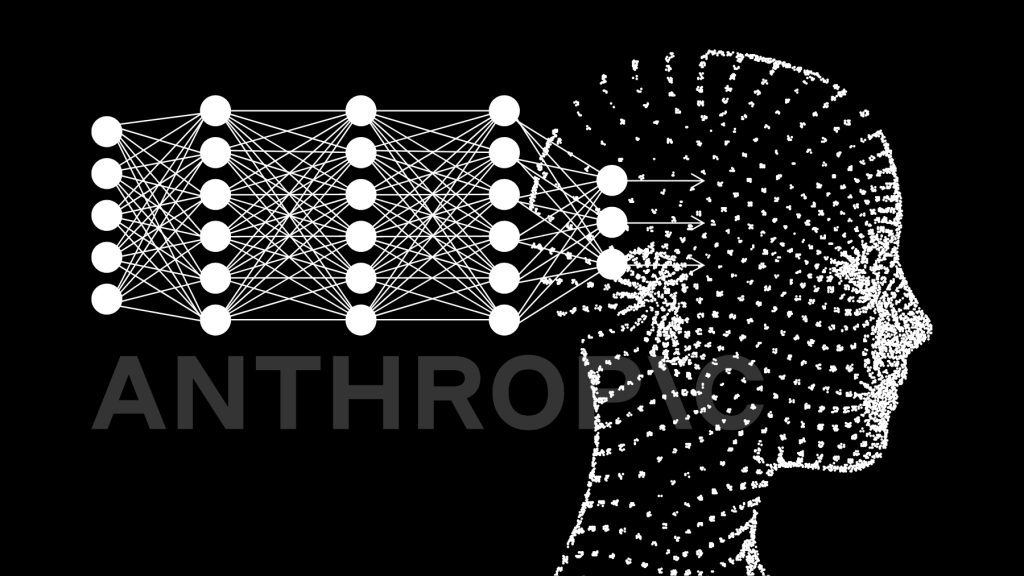
Anthropic’s AI scientists are starting to understand what goes on in AI’s head.
- The team identified millions of features in Claude Sonnet, ranging from concrete entities like cities to abstract ideas like gender bias.
- Researchers successfully manipulated these features to alter the model’s behavior.
Researchers at Anthropic have made progress in understanding the internal workings of large language Models (LLMs), forging the way toward better laws.
Do you ever look at someone who just made some questionable statements, and wonder how their brain works? Well, AI scientists, researchers, and developers have been wondering the same about their creations. LLMs, like Anthropic’s Claude, OpenAI’s ChatGPT, and Google’s Gemini, have sophisticated language abilities for not being human. However, no one, not even their developers, understands exactly how they work. They just do.
Chris Olah, one of Anthropic’s co-founders, has been seeking these answers since his days at Google Brain. In their most recent research paper, the team detailed how they used the “dictionary learning” technique to map out how concepts are represented within the neural networks of Claude Sonnet, a member of the Claude 3.0 model family. Borrowed from classical machine learning, it allows them to draw recurring patterns of neuron activations, or “features,” that correspond to specific concepts.
The team successfully extracted millions of features from Claude Sonnet. They included a vast range of entities and concepts, such as cities like San Francisco, historical figures like Rosalind Franklin, scientific fields, and even abstract ideas such as inner conflict and gender bias.
Here’s the kicker. The researchers managed to manipulate these features to change the model’s behavior. So, by amplifying or suppressing specific features, they could observe how Claude’s responses varied. For instance, enhancing the “Golden Gate Bridge” feature caused Claude to obsessively refer to the iconic structure, even identifying itself as the bridge when asked about its physical form.
Manipulation Extends to Safety Features
By artificially activating a feature associated with scam emails, the team could override Claude’s built-in safeguards and prompt it to generate a scam message.
You may be wondering about the difference between safeguards and manipulating these features. Well, it’s like the difference between the law that governs society and the person’s innate nature, in a way. The law could forbid theft, for example, but a kleptomaniac will steal.
Speaking of law, not only will this discovery make AI more controllable, but it will also help lawmakers navigate the novelty of AI legislation. Once they understand how AI models process and interpret information, legislators can establish guidelines that ensure AI systems are transparent, accountable, and aligned with societal values.
Ultimately, the goal is to allow for the technology to flourish while protecting public interests.
Inside Telecom provides you with an extensive list of content covering all aspects of the tech industry. Keep an eye on our Intelligent Tech sections to stay informed and up-to-date with our daily articles.